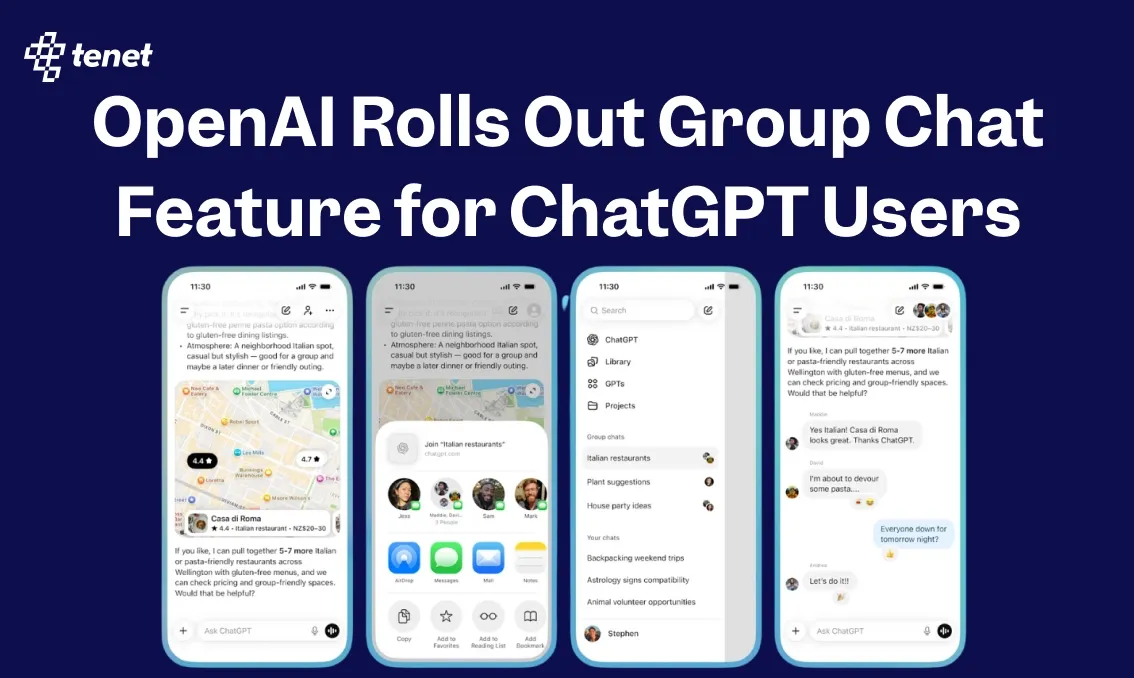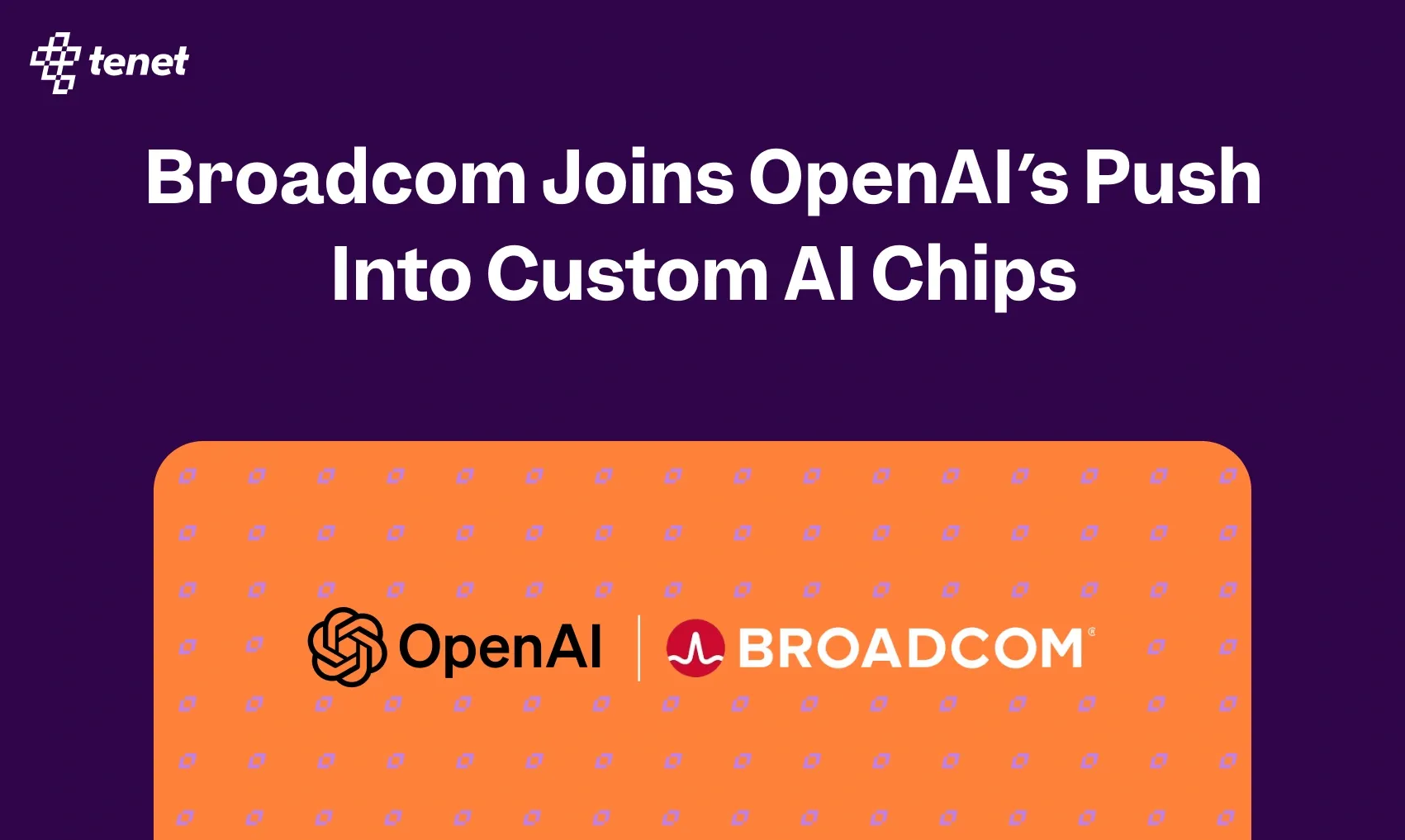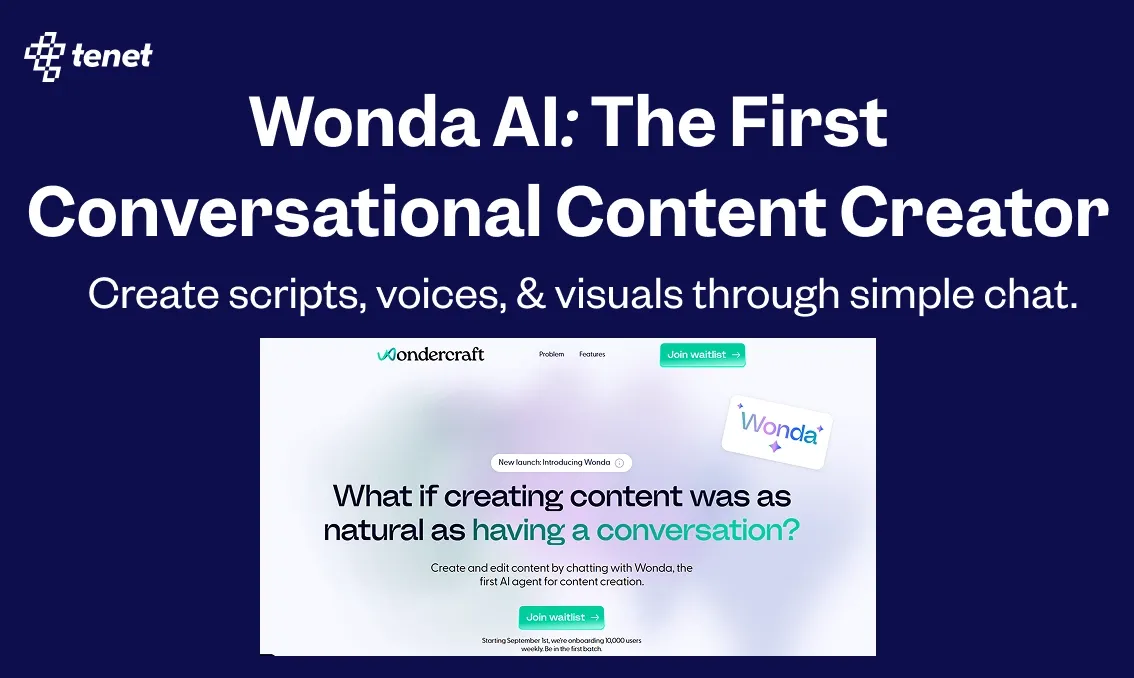Nano Banana Brings Real-Time Design Workflow to Gemini
Share
Share
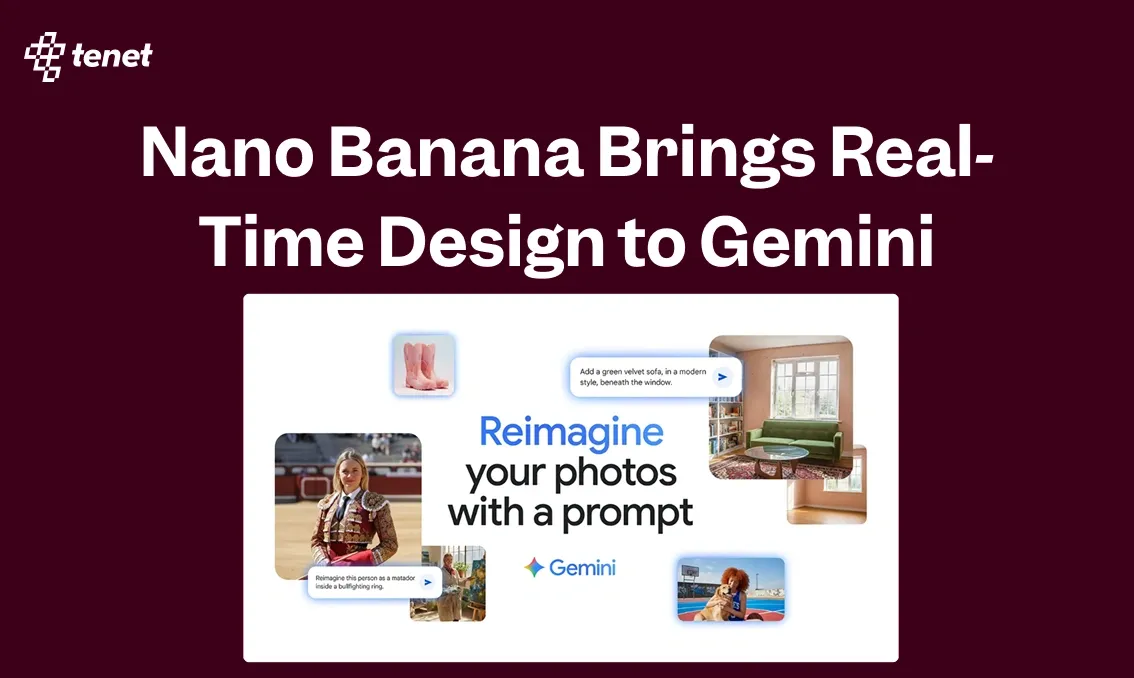
Discover how Google’s Nano Banana in Gemini speeds up design workflows with fast, consistent, and real-time AI image editing.
The internet is filled with news updates about Nano Banana, Google’s latest step in the fast-moving AI race. While headlines highlight the technology behind it, many still wonder what this tool really means for creative professionals.
Nano Banana is Google’s new image editing model inside Gemini, designed to make AI-driven edits faster, more consistent, and easier to control. It is already being compared to some of the most advanced visual tools available today.
But why does this matter for designers and creatives who are shaping ideas into visuals every day? The answer lies in how Nano Banana changes workflows, reduces repetitive editing, and brings real-time collaboration possibilities into everyday design.
Let us take a closer look at what Nano Banana is, how it works, and what role it can play in the future of design.
What is Nano Banana?
Nano Banana is Google’s new AI image editing model built into its Gemini app. Internally known as Gemini 2.5 Flash Image, it is designed to make editing faster, more accurate, and more consistent than most tools currently available. The name might sound playful, but the technology is serious.
Unlike many other AI tools that often distort faces or lose context when edits are repeated, Nano Banana focuses on keeping details stable. It runs inside the Gemini app on web and mobile, and Google has made it available for both free and paid users. Every image edited with Nano Banana also carries visible and invisible watermarks, showing its AI origin and addressing growing concerns about misuse.
For designers and creatives, this means a tool that can handle quick mockups, product variations, and visual storytelling in real time without losing consistency. Nano Banana is less about replacing human creativity and more about accelerating the design workflow.
Launch and Google’s Role
The launch of Nano Banana was first hinted at by Google CEO Sundar Pichai when he posted three banana emojis on X, sparking curiosity across the tech and design community.
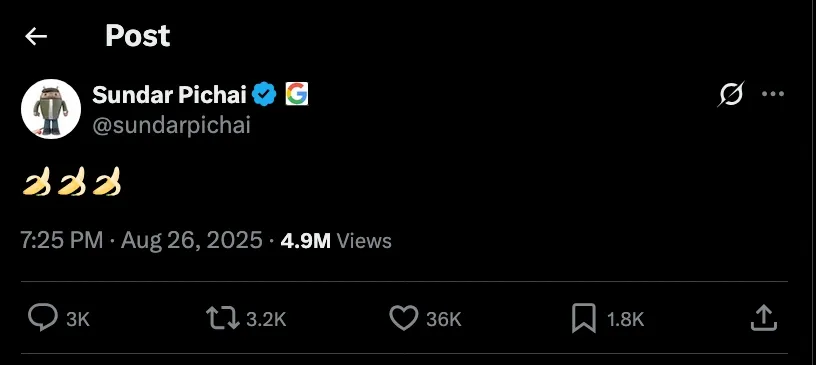
Soon after, Google confirmed that the playful reference was linked to its new AI image editing model.
The tool was officially announced in August 2025 as part of the Gemini 2.5 Flash Image update. Nano Banana quickly became a headline feature, rolled out across the Gemini app on both web and mobile. Unlike many experimental releases, Google placed Nano Banana directly into everyday use, making it available in both free and premium tiers.
How To Use Nano Banana As A User And Check Its Major Features
Getting started with Nano Banana is straightforward because it lives inside the Gemini app. You do not need to download a separate tool or manage extra settings. If you already use Gemini, the feature is available on both web and mobile for free and paid users. Nano Banana is designed to work in a conversational way, so you can guide edits step by step just by typing simple instructions.
Here are some of the main ways you can use it:
Step 1: Open Gemini and Upload Your Image
Begin by logging into the Gemini app on your browser or mobile device. You will see the option to upload an image directly into the chat interface. Choose the image you want to work on, whether it is a product photo, a portrait, or a room interior.
Once uploaded, the image will appear in the conversation window where you can start interacting with Nano Banana.
Step 2: Make Basic Edits with Simple Prompts
After your image is uploaded, you can begin with straightforward changes. Type instructions such as “brighten the picture,” “make the background green,” or “add more light to the face.”
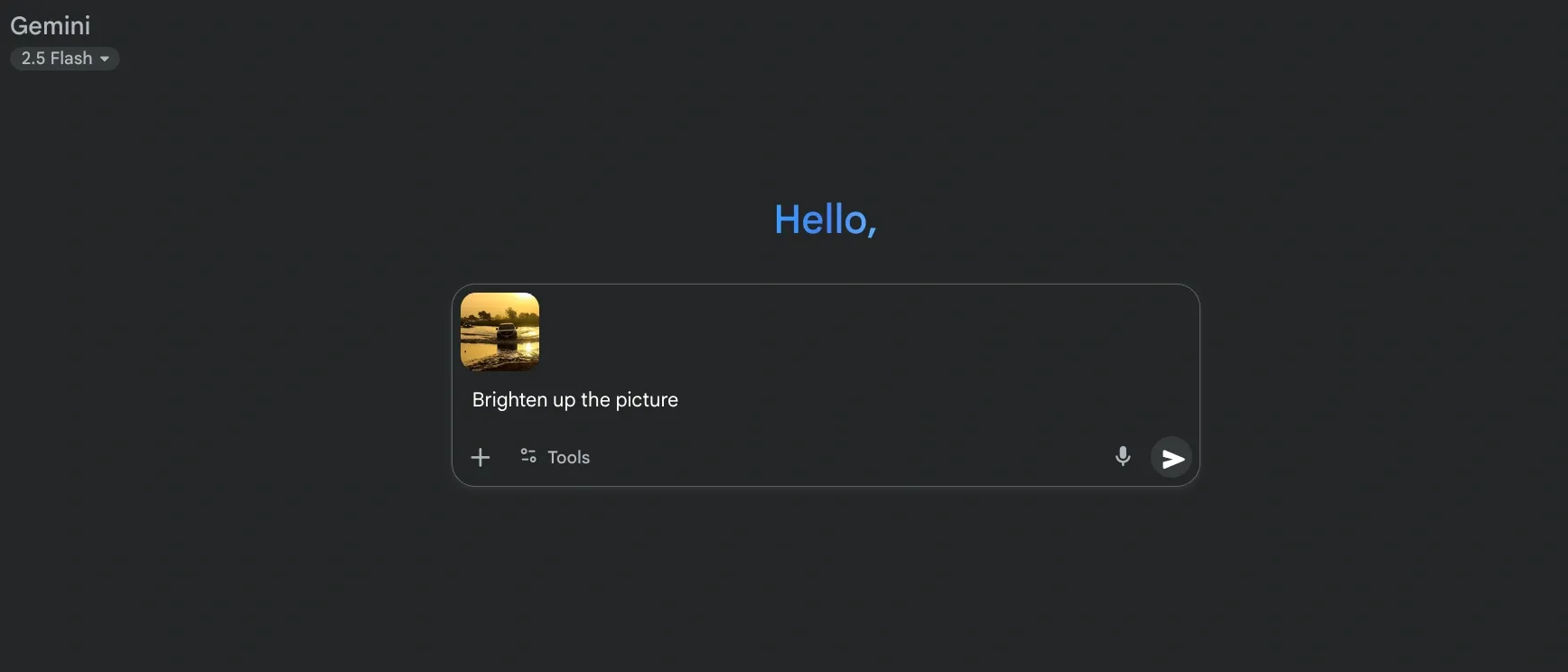
Nano Banana processes these requests and delivers the edited version in seconds. Because the edits are conversational, you do not need to learn technical commands; just write as if you are talking to a designer.
Step 3: Build Designs with Multi-Turn Editing
One of the biggest advantages of Nano Banana is the ability to edit in steps. For example, if you are working on an empty room image, you can first ask it to “paint the walls blue.” Once the output is ready, you can continue with “add a grey sofa in the centre of the room” and then “place a floor lamp beside the sofa.” Each edit builds on the previous one, allowing you to construct a complete design without losing the original context.

Step 4: Blend and Mix Multiple Images
Nano Banana also allows you to combine two or more images into a single composition. You can upload a portrait along with a background photo, such as a city skyline.
Then, type a prompt like “merge the portrait with the Dubai skyline at sunset.” The tool will generate a blended result where both images are integrated seamlessly. This feature is especially useful for mockups, branding, or creative campaign visuals.
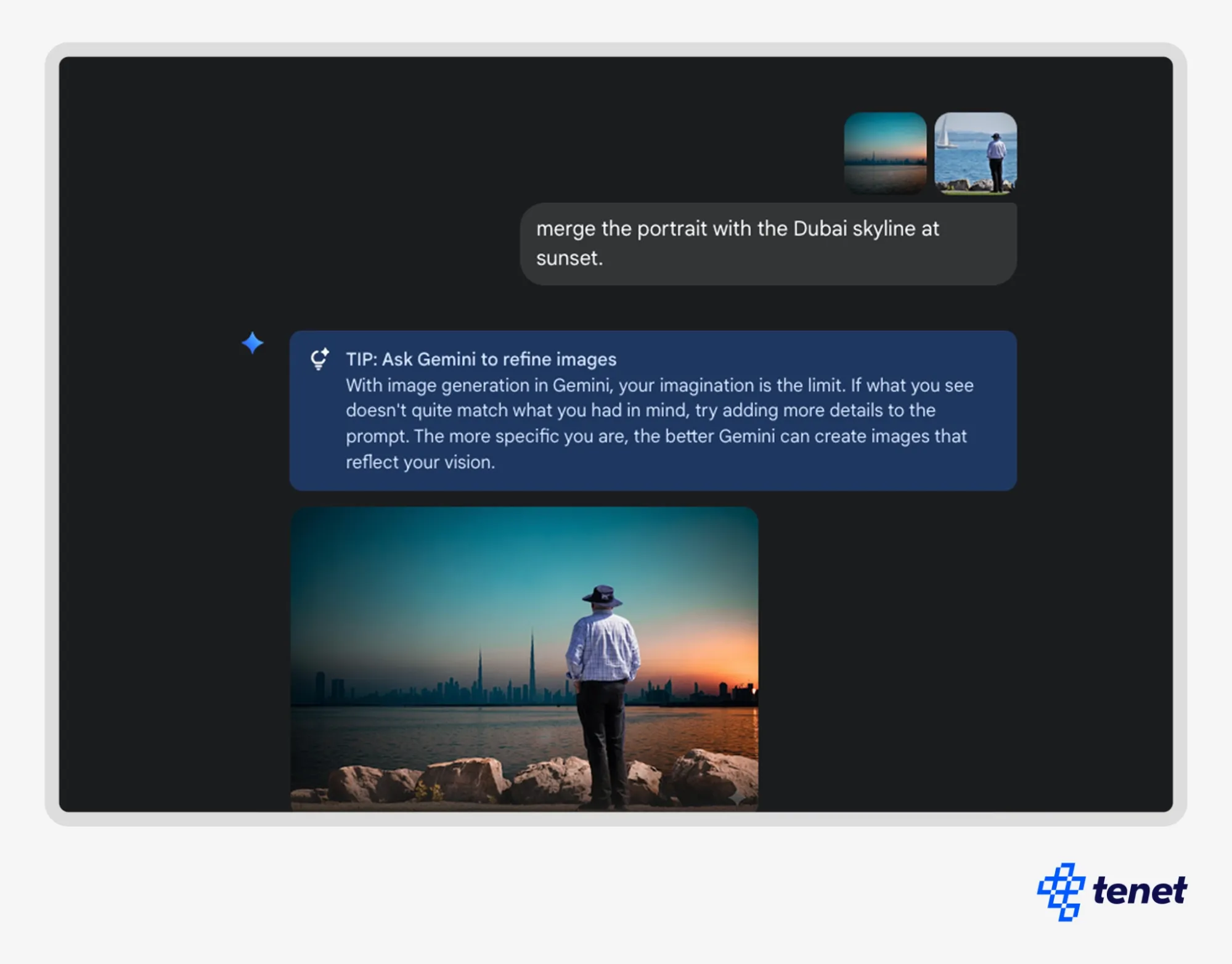
Step 5: Generate Product Variants Instantly
If you are working on product photography, Nano Banana can save hours of manual editing. Upload an image of your product, for example, a sneaker, and ask it to “create the same sneaker in black, red, blue, and beige.” The tool will generate multiple colour versions while maintaining the same design details. This makes it highly valuable for e-commerce and marketing teams that need quick variations.
The possibilities with Nano Banana do not stop at product variations or simple edits. The tool opens up endless room for imagination and creative experimentation. So whether you are refining details or creating something entirely new, Nano Banana turns every idea into a fast, visual output.
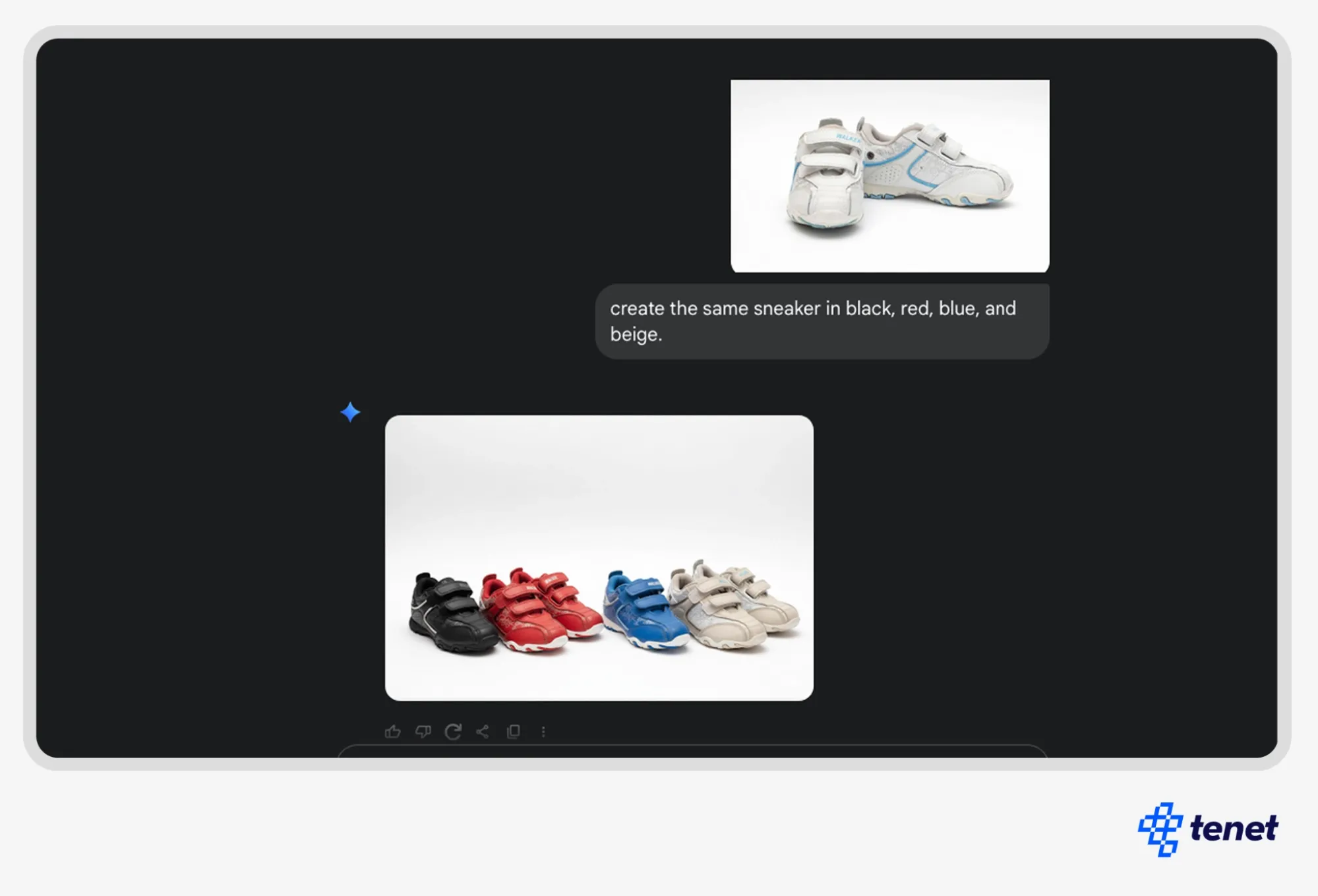
Why This Matters for Design Agencies Like Tenet
New technology comes and goes quickly, but Nano Banana stands out because it directly supports the way designers work. For designers and global design agencies like Tenet, the value is not just in faster edits but in how it transforms entire workflows.
We can use Nano Banana to create multiple design directions in less time, present consistent visuals to clients, and explore creative ideas without the usual back-and-forth delays.
It also opens up opportunities for more efficient branding projects, e-commerce visuals, and campaign assets. Instead of spending hours on manual adjustments, teams can produce polished variants within minutes while still keeping control over the final creative output.
For clients, this means quicker turnarounds, greater flexibility, and the ability to see more possibilities during the design process.
To make sure technology like Nano Banana truly benefits the creative process, agencies need to balance its speed with human oversight. At Tenet, this means combining AI-driven efficiency with our design expertise to ensure every output reflects brand identity, user experience goals, and storytelling.
By adopting tools like Nano Banana thoughtfully, we position ourselves to deliver better outcomes for clients while keeping creativity at the centre.
Expertise Delivered Straight to Your Inbox
Expertise Delivered Straight to Your Inbox

Got an idea on your mind?
We’d love to hear about your brand, your visions, current challenges, even if you’re not sure what your next step is.
Let’s talk

